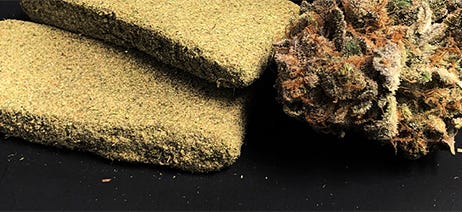
Kief vs. Hash: What’s The Difference?
High Points
- Kief and hash both come from cannabis trichomes, but while kief is loose, unprocessed resin, hash is made by compressing kief with heat and pressure. So you can’t have hash without kief!
- Kief is easily collected at home using a grinder, while hash can be made using methods like dry sifting or ice water.
- Hash has more options when it comes to consumption as it can be smoked or dabbed on its own. Kief is traditionally added to flower for extra potency.
Forget mitochondria—kief is the true powerhouse when it comes to the cannabis plant. It’s one of the most valued parts of marijuana, packed with the cannabinoids, terpenes, and flavonoids responsible for cannabis’s effects, flavor, and aroma.
In this guide, we’ll break down:
- How Are Kief & Hash Different?
- Kief vs Hash Extraction Process
- Kief vs Hash Consumption
- Kief vs Hash Potency
- Bubble Hash vs Kief vs Hash
- Choosing Between Hash and Kief
- Hash vs Kief FAQs
How Are Kief & Hash Different?
Both kief and hash are derived from the trichomes, or the resin-producing glands of the marijuana plant. And they’re both classified as solventless cannabis concentrates—a type of concentrate extracted from the cannabis plant without the use of solvents like butane. However, without kief, hash wouldn’t exist. This is because hash is made out of kief that has been heated and compressed. This process creates another significant difference—hash is a little more potent than kief.1
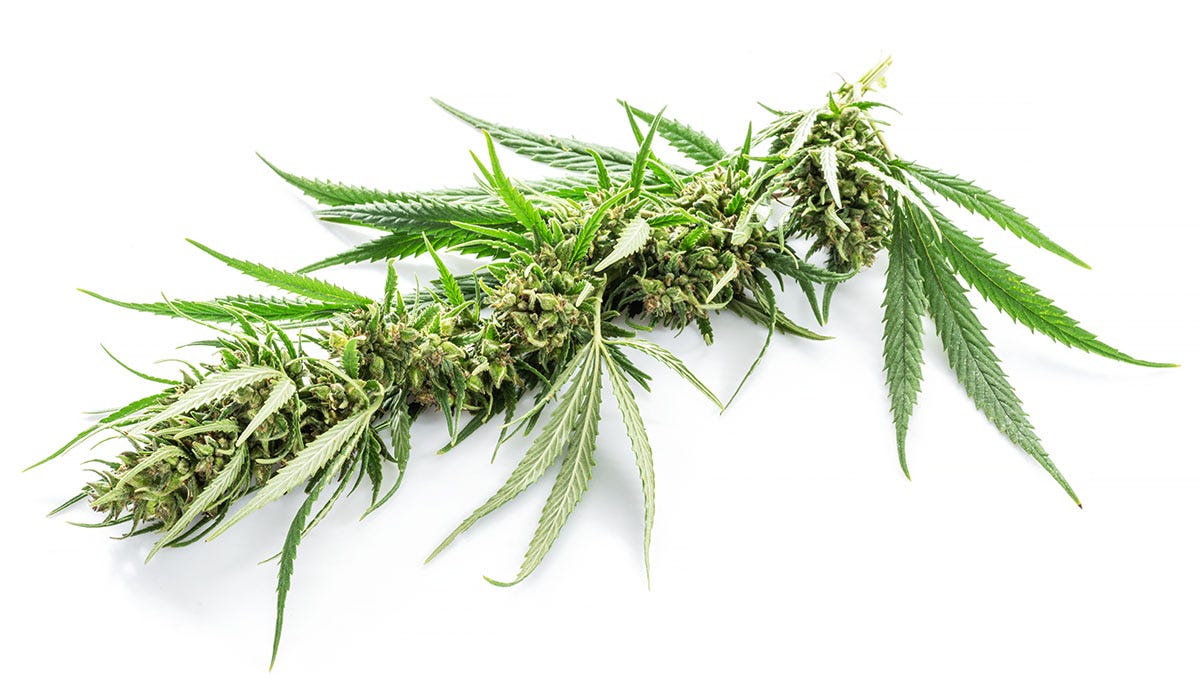
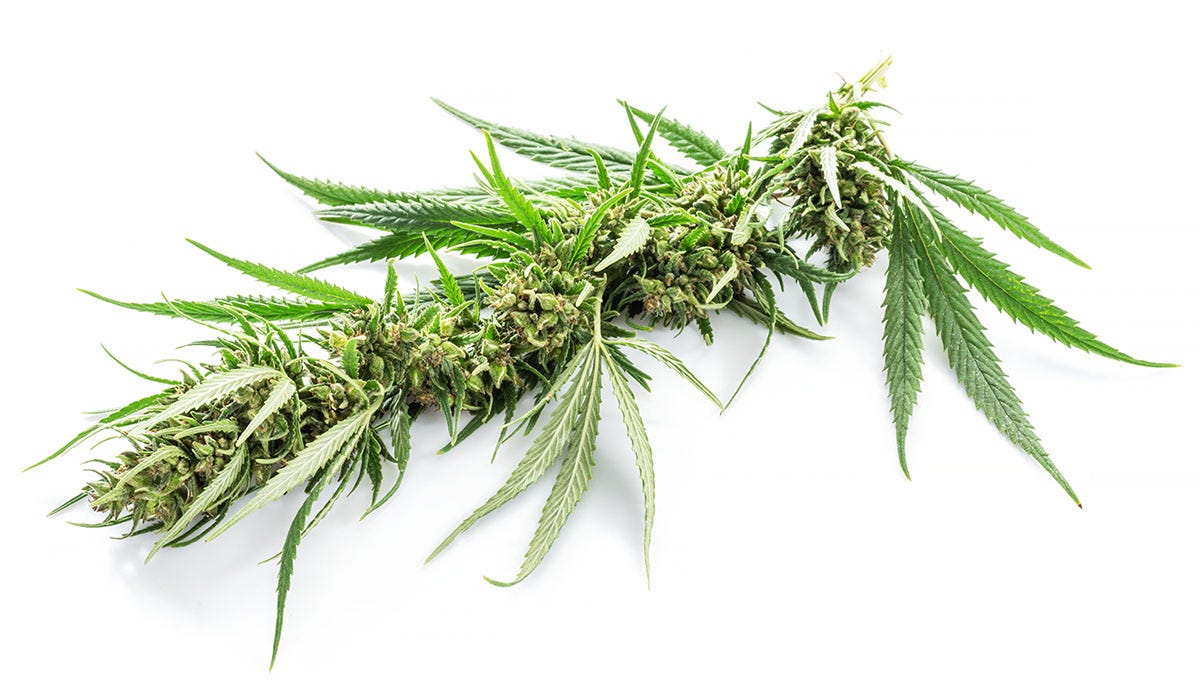
What is Kief?
Kief is the sparkly green dust that collects at the bottom of your grinder or flower storage container. It’s a collection of cannabis trichomes that have fallen off the plant, and it’s packed with cannabinoids, terpenes, and flavonoids. This is why kief tends to be more potent and flavorful than regular cannabis flower.1
What is Hash?
Hash, short for hashish, is a cannabis product steeped in centuries of history. It’s a type of cannabis concentrate (the oldest in the world) that’s made by applying heat, pressure, or other mechanical agitation to kief and then forming it into a dense block. Hash is highly potent and incredibly flavorful, not to mention shelf-stable and compact.1
Kief vs Hash Extraction Process
There’s really just one main way to collect kief: by gathering what builds up at the bottom of your grinder. Most grinders have multiple chambers, including one with a fine mesh screen—often called a kief catcher. This screen allows the fine, powdery kief to sift through to the bottom layer while keeping the ground plant material above.2 Some people even add a coin (like a clean penny or dime) to this middle chamber to help shake more kief loose and push it through the screen.3
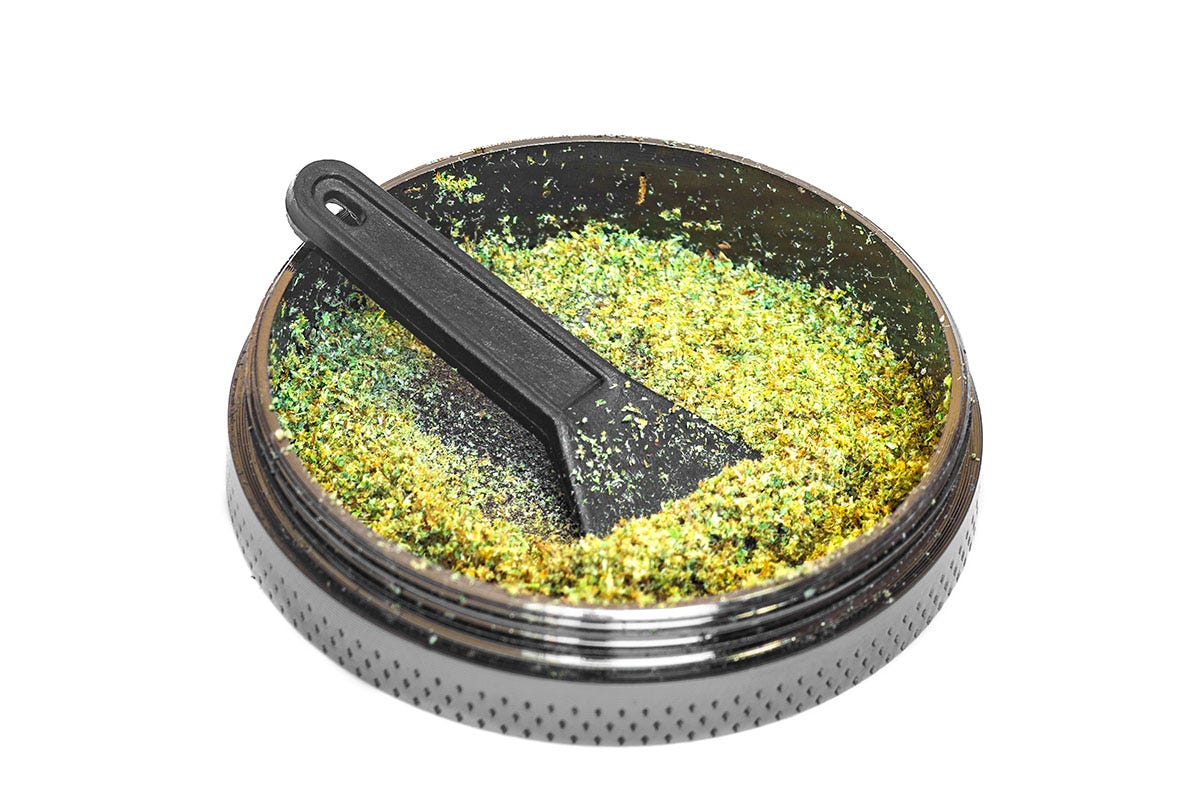
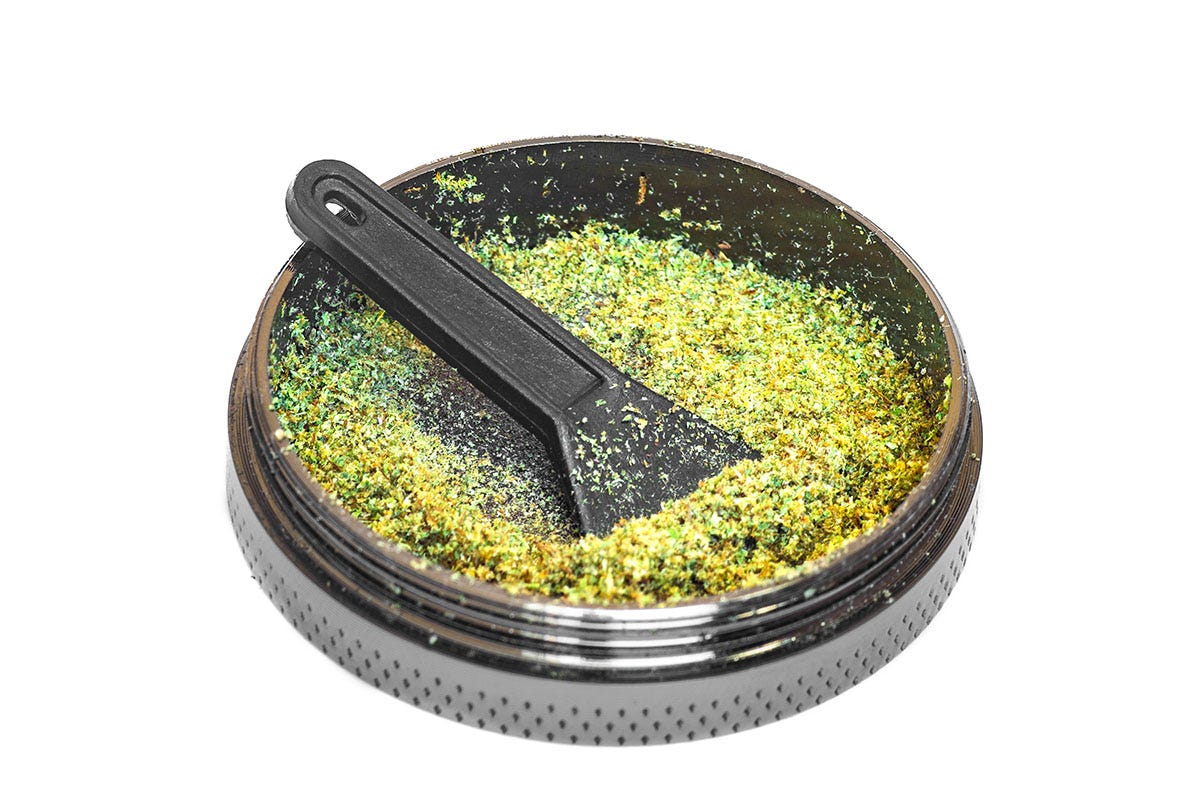
Hash extraction, on the other hand, can take many different forms, each with its own unique method. Most techniques are mechanical—like dry sifting, which involves sifting cannabis flower through increasingly finer mesh screens to separate the trichomes from the plant.
Another popular method is ice water extraction, where cannabis flower is stirred in freezing cold water. The cold temperature makes the trichomes brittle, causing them to break off and sink, where they can be filtered out and collected. This process produces a type of hash known as bubble hash.
There’s also hand rolling, which creates a traditional form of hash called charas. It’s made by gently rubbing fresh cannabis flower between your hands. The warmth and friction cause the trichomes to stick to your palms, and with continued rubbing, they eventually roll together into neat balls.4
While kief collection is easily done at home, some methods of hash extraction require specialized equipment and should only be done by experienced professionals.
Kief vs Hash Consumption
Both kief and hash are beloved for their versatility, but when it comes to variety in consumption, hash tends to take the lead.
Kief can be sprinkled on top of ground flower in a bowl—a practice called “crowning”—or rolled into a joint for a boost of potency. It’s also a key component in moon rocks, where it’s used to coat buds that have been dipped in hash oil. Beyond smoking, kief can be used to make cannabutter, a common ingredient in many homemade edibles.2
Hash, on the other hand, can be used in all the same ways as kief—and then some. You can smoke it in a hash pipe, crumble it into joints, or even dab certain types of hash or hash rosin. Since hash can come in various textures and consistencies, it can be tailored more easily to fit different consumption methods, whether you're into smoking, vaping, or infusing.4
Kief vs Hash Potency
Both kief and hash are renowned for their high potency, but hash generally comes out on top here, too. The key difference lies in how each is processed.
Kief typically contains between 50-80% THC. Remember, it’s a collection of the most potent part of the cannabis plant, so it’s sure to pack a punch. And while it can be potent on its own, it’s even more so when sprinkled onto flower or infused into edibles.5
Hash, on the other hand, is made by compressing kief using heat and pressure. This process not only compacts the material but also helps activate and preserve cannabinoids, often resulting in a more potent final product. On average, traditional hash can have a potency as high as 80% THC, though the numbers can vary depending on the method used to make it and the quality of the starting materials.7
Bubble Hash vs Kief vs Hash
When it comes to cannabis concentrates, bubble hash, kief, and hash each bring something unique to the table. While they share similarities, the differences lie in how they’re made, how potent they are, and how they’re used.
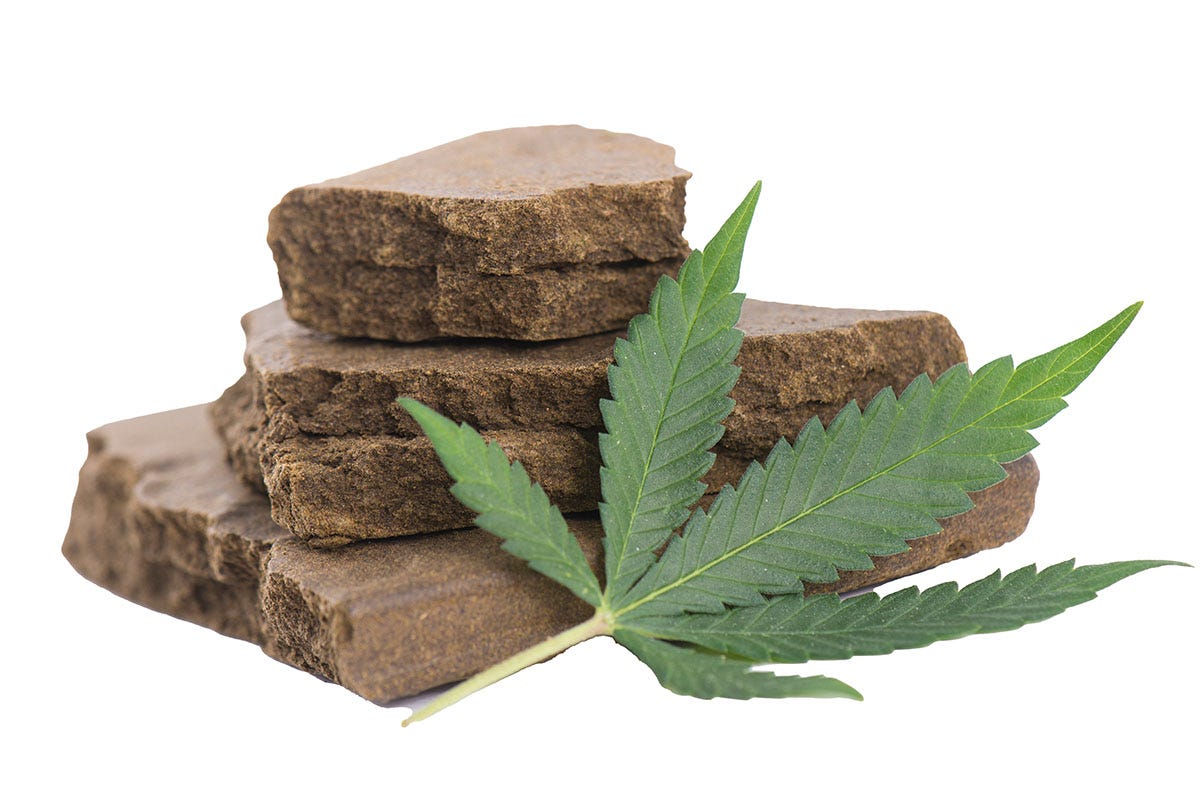
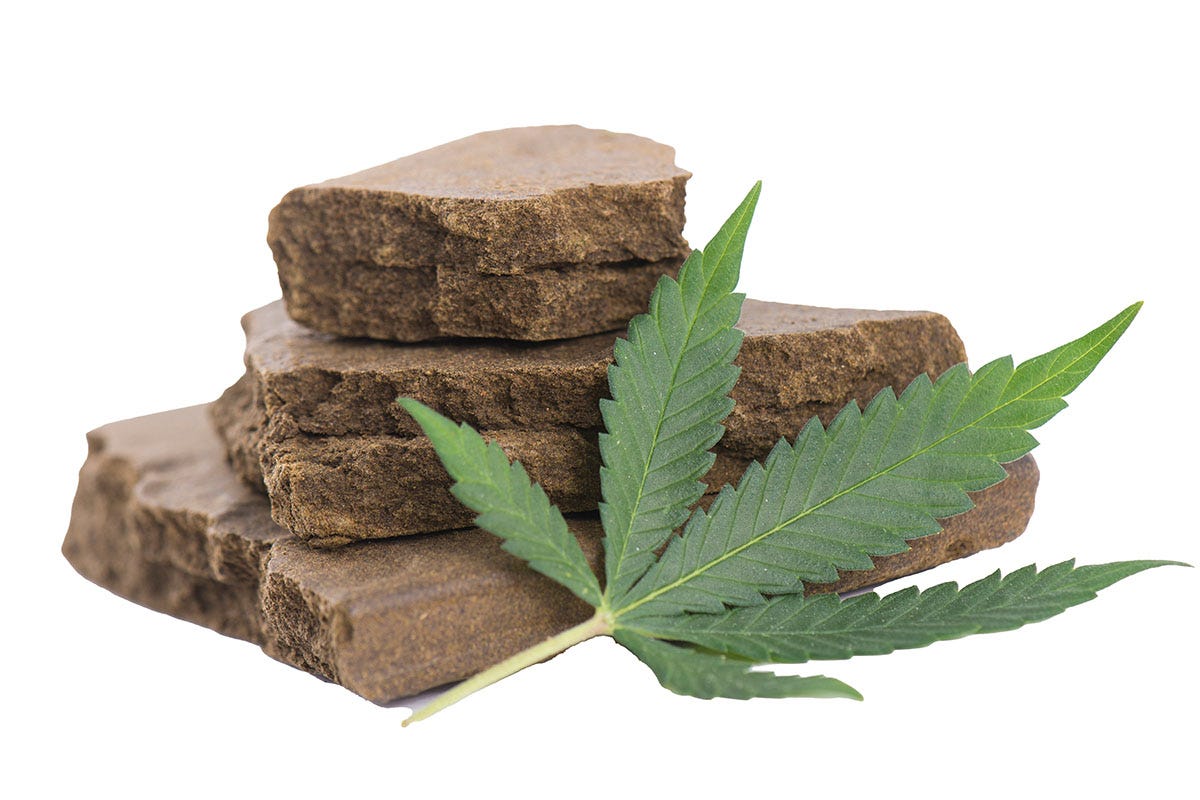
Kief could be considered the most accessible of the three because of its lesser potency and ease of collection. It’s most common to consume kief as a complement to another cannabis product. You can use kief to top off bowls, roll into joints, infuse edibles, or make hash.
Hash is made by compressing kief, often with heat and pressure, to create a dense, sticky block or ball. Hash comes in different types, depending on how it was made (like charas or dry sift), and it’s typically stronger and more concentrated than loose kief. Hash is smokeable, dab-friendly (in some forms), and can also be used in edibles.
Bubble hash is a specific type of hash made through ice water extraction, and it’s named for the way it bubbles when heated and smoked. It’s the easiest kind of hash to make at home. Cannabis flower is agitated in ice-cold water to freeze and break off trichomes, which are then filtered out using a specially designed filter. The result is a cleaner, purer product compared to traditional hash or kief, with minimal plant material and a high concentration of cannabinoids.8
Choosing Between Hash and Kief
When deciding between hash and kief, it really comes down to your personal preferences, tolerance level, and how you like to consume cannabis.
Consider your tolerance: Hash is typically more potent than kief, thanks to its concentrated nature and the added effects of heat and pressure during production. If you're newer to cannabis or prefer a milder experience, kief may be the better starting point. For more seasoned users seeking a stronger, longer-lasting effect, hash might be the way to go.
Think about your consumption method: Kief is often used as a supplement—sprinkled on top of a bowl or mixed into a joint for a potency boost. It's rarely consumed on its own. Hash, however, is more versatile. Depending on the type, you can smoke it solo in a hash pipe, crumble it into flower, dab it, or even cook with it. If you're looking for something that stands alone, hash offers more flexibility.
Ultimately, both are excellent options—they just serve slightly different purposes. Choose the one that fits your desired experience and comfort level.


Hash vs Kief FAQs
Want to master the difference between hash and kief? Then you’ll want to know the answers to these frequently asked questions:
How much stronger is hash than kief?
Hash is made from kief, and because of the way it’s made, it tends to be a little more potent than kief. That being said, there are some hash products, like hash oil, that are extremely potent—up to 90% THC.9
If you’re looking for a super potent product like hash oil, you may enjoy other cannabis concentrates like shatter, wax, and budder.
What’s the difference between bubble hash and kief?
The biggest difference between bubble hash and kief is that bubble hash is made from kief. Bubble hash is created using ice water, special filters, and flower. This process freezes the trichomes (kief) on the flower, which are then agitated so they break free from the rest of the plant material and can be collected through the filters. The harvested trichomes are then compressed together to create bubble hash.8
Does kief turn into hash?
Not on its own, but kief can be used to make hash. Hash is simply kief that has been pressed and heated, a process easily done at home without any need for solvents.1
How do I collect kief at home?
Collecting kief at home is simple—you just need a multi-chamber grinder with a kief catcher. These grinders have a fine mesh screen that separates the tiny, resin-packed trichomes from your ground cannabis flower. Open up the very bottom portion of your grinder, and you’ll find your powdery collection of kief.2


Purchasing Kief or Hash
Whether you prefer kief or hash, you can find them both at your favorite dispensary. You can also find the tools you need to catch kief or make hash at home, and the flower to do it with. Don’t hesitate to ask your budtender for recommendations based on your experience level and preferred consumption methods. With the right products and a little know-how, you’ll be well on your way to elevating your cannabis experience.
Sources
1. “Kief Vs. Hash: What’s The Difference?” Herb, March 6, 2024, https://herb.co/learn/kief-vs-hash-key-differences
2. “What is kief and how to use it,” Weedmaps, August 19, 2024, https://weedmaps.com/learn/products-and-how-to-consume/how-to-smoke-kief
3. “What is a Grinder Coin,” Leafly, August 31, 2017, https://www.leafly.com/news/cannabis-101/what-is-a-grinder-coin-for-kief-collection
4. “Hashish 101: What is hash and how to smoke it” Weedmaps, June 28, 2024, https://weedmaps.com/learn/products-and-how-to-consume/how-to-smoke-hash
5. “Kief vs. Hash—What’s the Difference and How Can They Be Used?” Veriheal, April 19, 2022, https://www.veriheal.com/blog/concentrates/kief-vs-hash/
6. “Is Kief Stronger Than Regular Cannabis? [Answered],” WayofLeaf, May 14, 2024, https://wayofleaf.com/cannabis/education/is-kief-stronger-than-regular-weed/
7. “What Is Hashish, Exactly?” Leafwell, October 7, 2024, https://leafwell.com/blog/hashish
8. “Bubble hash,” Leafly, https://www.leafly.com/learn/cannabis-glossary/bubble-hash
9. “What to Know About Hash Oil,” Healthline, October 30, 2019, https://www.healthline.com/health/hash-oil


